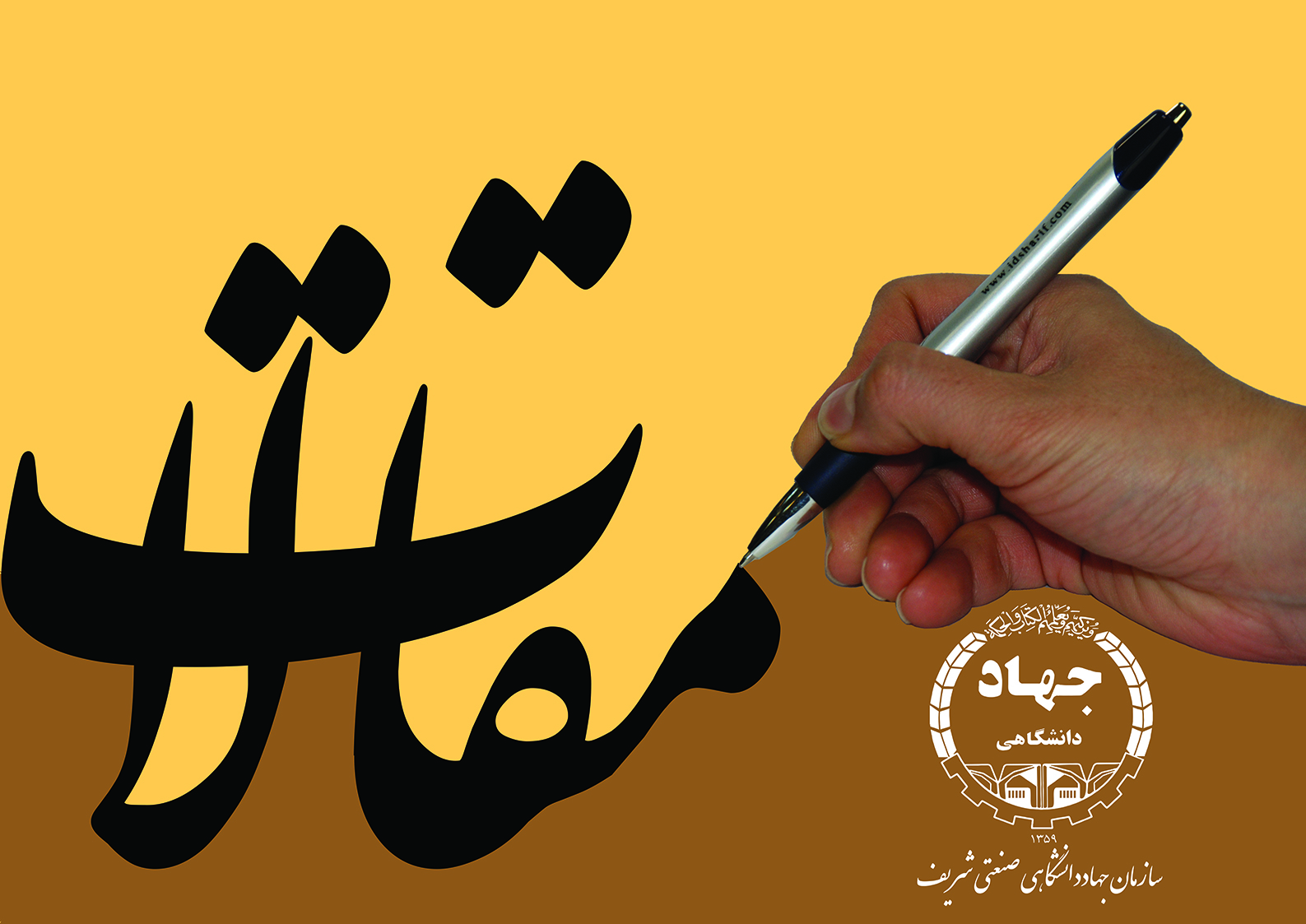این مقاله با عنوان
Microstructure Evolution Mechanism and Corrosion Behavior of Transient Liquid Phase Bonded 304L Stainless Steel
در مجله بین المللی Metals and Materials International منتشر شده است. ضریب تاثیر این مجله 647/1 می باشد.
مقاله ی «بررسی مکانیزم تغییرات ریزساختاری و رفتار خوردگی فولاد زنگ نزن 304L اتصال یافته به روش فاز مایع گذرا» توسط دکتر سيما ميرزايي عضو هيأت علمي گروه پژوهشی متالورژی تألیف شده و در بهار سال جاری به چاپ رسیده است.
در چكيده اين مقاله آمده است:
اتصال فولاد زنگ نزن آستنیتی 304L به روش فاز مایع گذرا با استفاده از فویل آمورف MBF-20 در دمای °C1070 و به مدت زمانهای مختلف مورد بررسی قرار گرفت. تأثیر زمان اتصالدهی بر ریزساختار و مقاومت به خوردگی نمونه های اتصال یافته بررسی شد. نتایج به دست آمده نشان داد انجماد همدما در زمان 45 دقیقه کامل شده و زمانهای نگهداری کوتاهتر منجر به تشکیل ترکیبات بین فلزی در منطقه اتصال میگردد.
Transient liquid phase (TLP) bonding of 304L austenitic stainless steel was carried out using MBF-20 interlayer at 1070 °C with different holding times. The effect of bonding time on the microstructure and corrosion resistance of the TLP bonded samples was investigated aiming to obtain the optimal bonding time. The results showed that isothermal solidification was completed within 45 min at 1070 °C and shorter holding times gave rise to the formation of intermetallic compounds at the joint centerline. It was found that the solidification sequence in the joint region is as follows: (1) isothermal solidification of γ solid solution, (2) formation of ternary eutectic of γ + Ni boride + Cr boride, and (3) formation of ternary eutectic of γ + Ni boride + Ni–Si–B compound in the athermally solidified zone. Final stage of the phase formation at the joint centerline was the precipitation of Ni3Si particles in the vicinity of eutectic microconstituents via a solid state transformation. Extensive Cr-rich borides were formed in the diffusion affected zone as a result of B diffusion into the base metal during bonding process. Corrosion behavior of the TLP bonded samples was studied in 3.5% NaCl solution. The joint corrosion resistance was improved with the increase of the bonding time to 30 min and then decreased when the holding time was prolonged.




